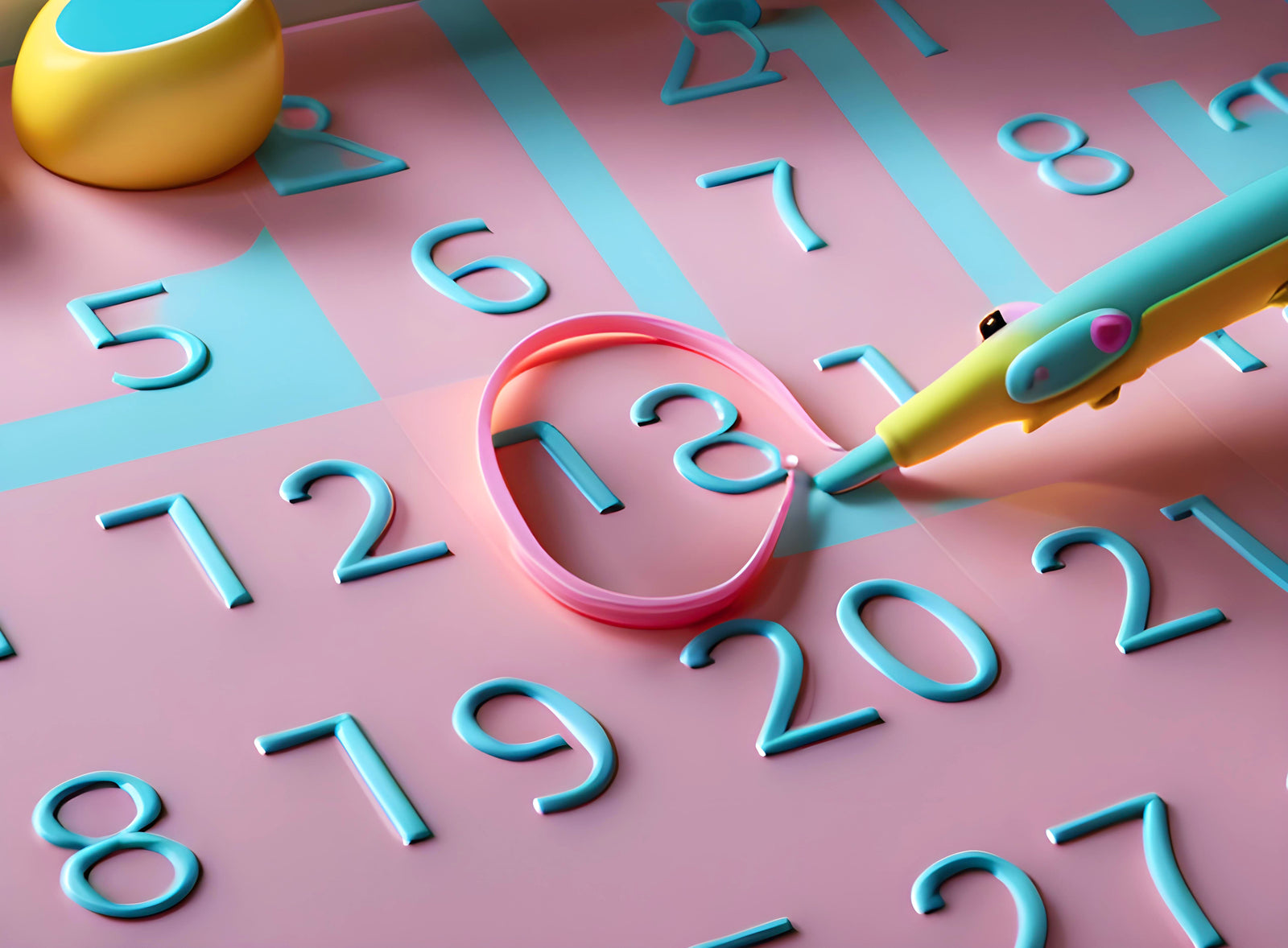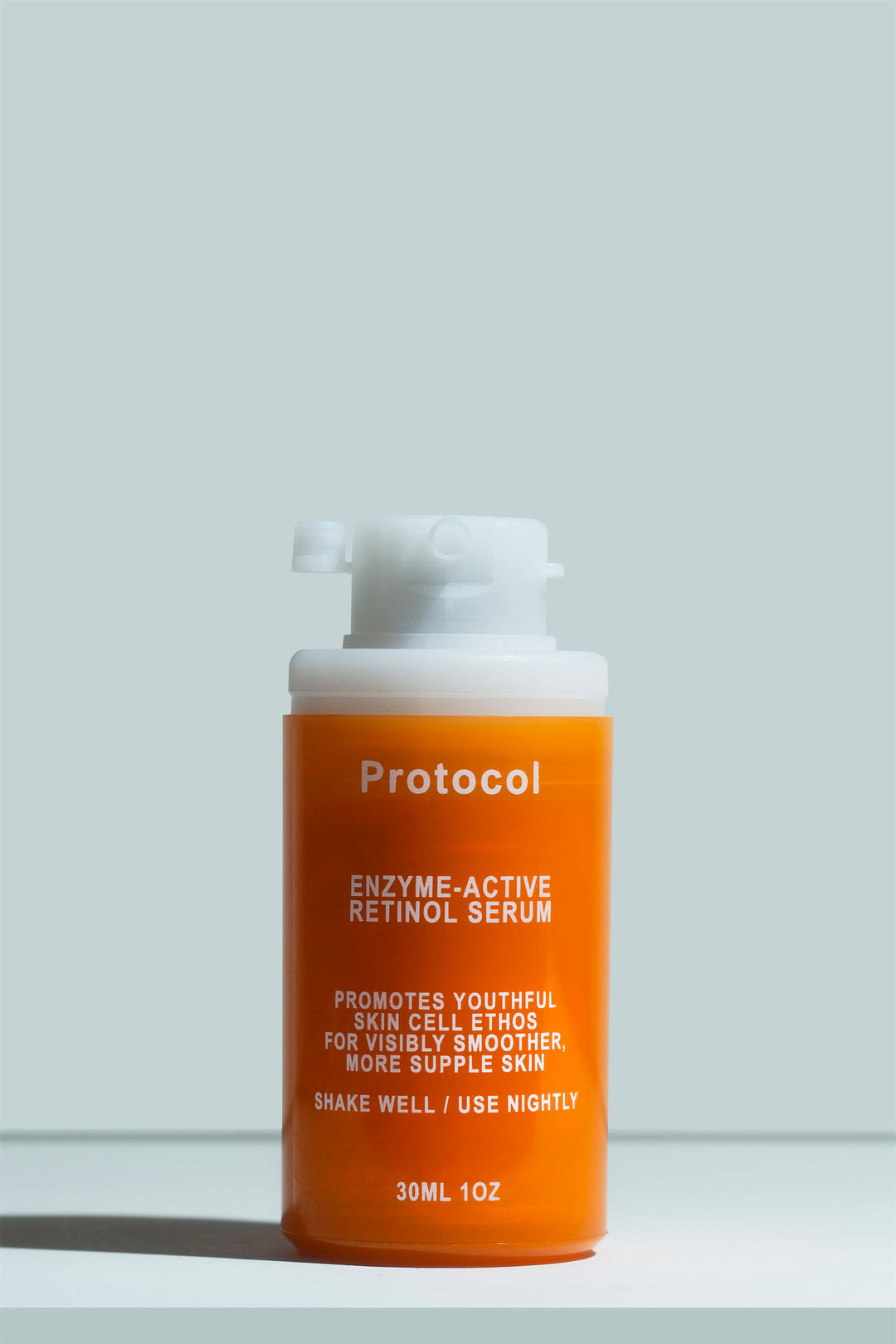How to Check Skincare Expiration Dates

When you can't remember when you bought that tub of yogurt in your fridge, you can give it a sniff and have a pretty good idea of what you’re dealing with. But how do you check skincare expiration dates?
It’s important to know the expiry dates of your cosmetics, to avoid infections or irritation and keep using products that do good for your skin. In this post, we’ll cover all the ways you can figure out if your products have expired, from visual checks and sniff tests to using cosmetic expiration date checkers.
Is your skincare open or closed?
First of all, it’s important to remember that whether your product is open or closed impacts its expiry!
Before opening, your product is sealed and kept away from oxygen and bacteria that can cause it to expire faster. A sealed product can often last for several years, especially if it’s stored in a cool, dry place.
Once opened, products can last anywhere from 3 months to several years, depending on the formula. A basic moisturizer from a mainstream brand could easily stay safe for years, while a natural formula from a small brand can expire within just a few months.
The unique exception are Protocol Products - our spage-ace bottling system means that our products remain truly air-tight, even after opening, and only exposure to heat can cause the delicate ingredients to break down.
Signs of skincare expiration to check for
If your product is already open (or you’re ready to open it), here are the physical signs that can let you know if it’s gone bad.
-
Smell: While some products do have a reputation for smelling bad (looking at you, vitamin C with ferulic acid), most skincare items should have a neutral smell or a specific fragrance. Give your product a sniff, and take any bad odors as a potential sign of expiry. “Plasticy” scents, in particular, are often a sign that oils have gone rancid.
-
Separation or texture changes: Skincare products should usually have a homogenous texture. If you notice any dry, “gummy” layers or separated layers of oil or liquid, that’s a potential sign that your product’s emulsifiers are starting to fail. If you’re not sure, look up videos of the product to get an idea of the ideal texture.
-
Irritation: With time, certain ingredients start to degrade which can release irritating compounds into skincare. If you’ve been using a product for months and it suddenly starts to irritate your skin, that can be a sign that it has gone bad.
-
Color changes: While there can be variation in the colors of certain cosmetic ingredients, a product changing its color once it has been opened is often a sign of oxidation.
Look for the PAO symbol
Nowadays, many products are marked with a PAO symbol, which stands for Period After Opening. In the European Union, it’s mandatory on all products that will expire within 30 months of opening, and many American brands have started implementing it as well.
The symbol looks like an open jar with a number written inside it, like 6, 12, or 24, which represents months. This is the period within which you want to use up the product before it expires.
If your product hasn’t been opened, the PAO can still help. For example, if you bought a product 6 months or even a year ago, but the PAO lets you know it has a 24-month shelf-life, then you know you’re still well within a safe period to use it.
Check the expiration date with the batch number
A product's batch number is the key to knowing when it was manufactured. You can usually find it printed or stamped somewhere on the bottom of the container.
Each brand uses its own batch number system to keep track of dates. You can use a skincare expiration date checker like Checkfresh to look up specific batch numbers and identify when a product was made. Then, you can use the production date to reverse engineer the expiration!
Be aware that the batch code differs from the barcode. It’s not possible to check expiry dates using barcodes of cosmetics, since barcode numbers are typically static and do not vary based on the manufacturing date.
When buying from stores or third-party retailers, you might be surprised to discover that you’ve bought a really old product. Buying directly from brands responsible for their storage is one sure way to guarantee you're getting fresh products, especially when it comes to unstable active ingredients.
Smaller brands aren’t always available for look-up. In that case, you can reach out to the brand directly! For example, if you have a Protocol product in your hand and you can’t remember when you purchased it, you can always reach out to us and we’ll be happy to help you figure it out.
Other factors that impact cosmetic expiration dates
How you take care of your skincare can also impact its longevity. If you live in a hot, humid environment, your open items might expire sooner than if you live somewhere cold and dry. Here are the key factors to consider:
- Packaging: How much air does the skincare container let in? A product kept in a jar will likely expire sooner than a UV-proof bottle that lets in no air.
- Humidity: Products will expire faster in a humid environment, whether you live in the tropics or store your products on the counter of a poorly ventilated bathroom.
- Heat: Products will also expire faster in hot environments. The ideal temperature for storage is between 60 and 74 degrees Fahrenheit. If the temperature in your home regularly goes above that, consider keeping your products in the fridge. If you’ve forgotten a product in a hot car for an entire day, it might be time to throw it out.
- Sun exposure: Skincare should always be stored away from sunlight, especially if the containers are not UV-protected. It’s also worth considering what the products were exposed to before they got to you. Skincare can actually start to degrade on sunny store shelves.
- Active ingredients: Some active ingredients (especially vitamin C and retinol) are particularly sensitive and may lose their efficacy within just months of opening. Losing their efficacy will not harm your skin, but it does mean your product will lose some of its benefits.
- Clean use: How you use your products can also impact their expiry. For example, touching your face with a dropper can introduce bacteria into your serum, as can using unwashed hands or a dirty spatula to scoop up your moisturizer.
By keeping your products in a cool, dry space, you can ensure a longer shelf life. On the other hand, if you forget to close a container and leave it sitting open overnight in a humid bathroom, it might expire sooner than the PAO period.
Is it okay to use expired skincare?
In short, no.
The periods after opening and expiration dates are often quite conservative since brands would rather err on the side of caution. With proper storage and clean usage, it's very possible that a well-preserved product can last for years beyond the number on the bottle.
That said, your health isn't something worth risking, especially when it comes to products you use on your face or near the eyes.
As certain ingredients degrade, they can release irritating compounds into your expired product, potentially leading to skin irritation. As the preservative system fails, products can also become breeding grounds for bacteria or fungi that can worsen acne or cause skin infections.
Use ‘em up
It's always better to be safe than sorry. When shopping for skincare, always check the expiration dates, and try to use up your cosmetics before they go bad.
Instead of hoarding several of the same product, you can always sign up for delivery programs (hint: we've got that at Protocol) to ensure you always get a fresh batch.
Our most powerful products, the Enzyme-Active Retinol Serum and Vitamin C Superserum are made to order within weeks of shipping, which is a key aspect of their efficacy. Made with the purest and most potent versions of vitamin A and C, these two serums rely on their pristine packaging conditions to remain fresh, but storage matters as well - keep them cool, and they'll keep your skin looking smooth and youthful indefinitely.
So take this as a sign to use skincare consciously. Understand why you’re buying the products you’re buying, and only pick up as much as you can use within a reasonable time period.




